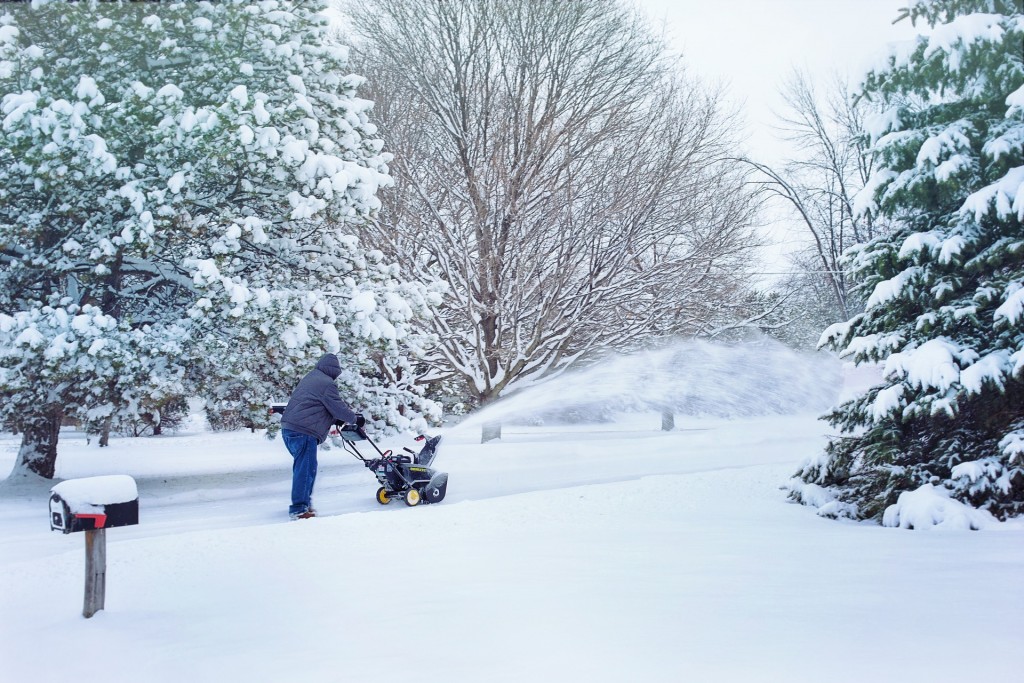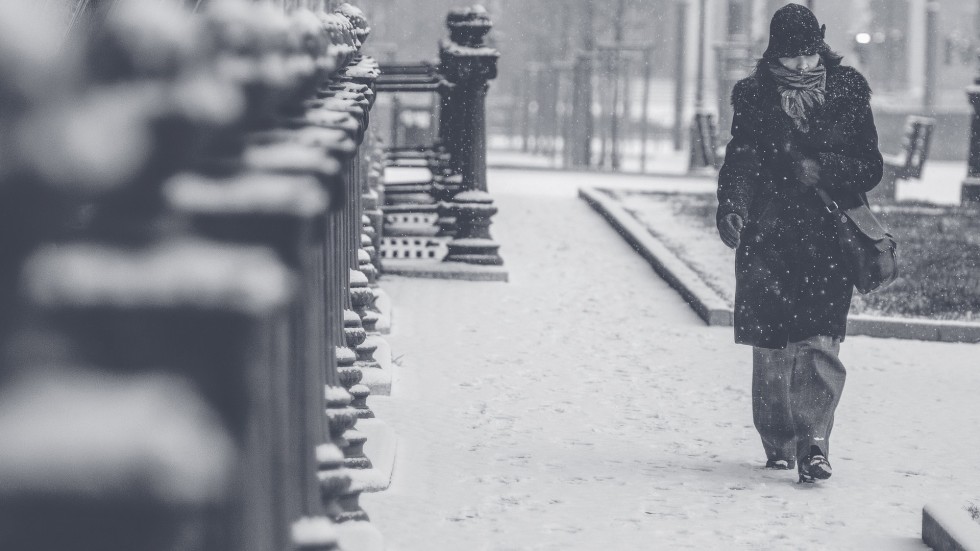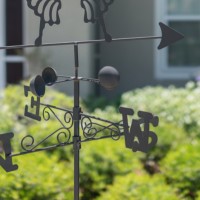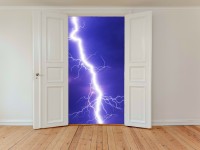Snow storms have been pretty crazy this winter, and more of them are about to come. Accompanied by strong wind and low temperatures, heavy snowfall is able to stop the life of entire towns and lock people inside their own homes. That’s why it’s necessary to remain on the lookout for blizzards if they’re typical for your local area and prepare for an upcoming snow storm in advance to be able to stay safe and comfortable during the coldest and snowiest days.
These tips will help you get your home, vehicle, and family ready for a snow storm and ensure proper safety despite the severe weather conditions.
Snow storm preparation guide
-
Get backup groceries for a few days
Include basics and household staples (like milk, bread, toilet paper), as well as foods that won’t go off during the power outage. Look through the supply list given down below to shop for the absolute necessities required to last through the snow storm. I’d suggest storing them in your pantry as emergency supplies during winter not to rush to the supermarket right after the storm warning and contribute to the mass hype and not to get trapped by a snow storm in the middle of nowhere while running last-minute errands. If you can, buy enough not to go to the supermarkets even a few days after the snow storm is over, as the shelves will most likely be empty.
-
Prepare food
Do the meal prep for a few days and cook a couple of dinners so that you don’t have to figure out the way to cook if the power is turned off. Even if that doesn’t happen, you’ll just enjoy time with your family without bothering to cook.
-
Winterize your home
Winterizing your home is probably the most important preliminary step, as you need to make sure that your family remains fully protected from the outside weather impact in it. Sealing the windows and doors, insulating water heaters and exposed pipes of the water supply system should be already done by now. But, those who remembered about winterization members only when they heard the snow storm warning and don’t have time to hire contractors to conduct serious repairs to eliminate air leaks, improve insulation and protect the roof should at least weather strip their windows and check their heating system to make sure that it won’t fail once the temperature drops quite low. Having a couple of space heaters might be really handy as well.
-
Get power beasts out
If you have power generators, pull them out in advance, as well as alternative heating equipment. Be careful while using it inside your house and don’t leave them unattended. Make sure to have a fire extinguisher within the quick reach in case if something happens.
-
Make your car snowstorm-ready
Take your vehicle to the auto repairs from HireRush.com to inflate the tires, charge the battery and check the antifreeze levels. Fill up the tank and purchase backup fuel. Make the full use of the visit and ask the mechanics to fix any malfunctions your car may have, as the last thing you want to experience is having a faulty vehicle that doesn’t want to start when you have to evacuate or get out of the house after the snow storm is over.
-
Money and medicine
Collect some cash from the ATM to have money on hand and get your medicine prescriptions refilled not to run out of vital pills when everything is shut down.
-
Devices
Charge your mobile phones, tablets, laptops and power banks and don’t use your devices too much to extend their battery life and remain connected to the rest of the world during the power outage. Ensure easy excess to your shoveling gear.
-
Plumbing and snow storm
Protect your water pipes and keep the faucets dripping to prevent major pipe freezing and bursting. Look out for the external pipes and water supply system in the garage, as those are top risk areas that require extra attention and insulation. If you notice any signs of frozen pipes, contact a plumber right away to eliminate the issue and prevent further pipe freezing and bursting. If the professional can’t get to your house due to the blocked roads, ask him to give you a step-by-step pipe refreezing guide.
-
Alternative heaters
Consider getting a kerosene heater if you’re really worried about the possibility of the power outage. Check if it’s legal to use it in your local area, though.
-
Ongoing shoveling
If it’s relatively safe to go outside, shovel your driveway regularly not to get blocked by a bunch of snow after the storm is over. Call snow and ice removal services to strip the snow off the roof to prevent ice dam formation and roofing damage. Leave snow removal request
It goes without saying that those preparations should be carried out well in advance. On top of that, each member of your family needs to know how to act before, during and after a snowstorm for the sake of their own safety. It’s extremely important to know where your local public shelter is to be able to take your family there in case of a lasting power outage and heat loss at your house.

Snow storm necessities to shop for in advance:
- 3-day food supply for your family (canned foods and ingredients for easy-to-prepare meals that require minimum cooking are preferable)
- 3-5-day supply of bottled drinking water (at least 3 gallons of water per person per day, and a few more gallons for cooking)
- Food and other supplies for your pets
- Flashlights, candles, and matches
- A bunch of spare batteries
- Shovel and cooking spray
- Snow storm kit for a car (shovel, ice scraper, tow chain, booster cables, Mylar emergency blanket, flashlight with batteries, first aid kit, and a few water bottles) – store it on the backseat, but not the trunk, as the latter is harder to open when it freezes.
- First aid kit and prescription medications
- Baby necessities if needed (formula, diapers, basic medicine, warm blankets, etc.)
- Sand/ice melting mix/rock salt to sprinkle your stairs and walkways with to make them less slippery
- Warm clothes and extra blankets
- Basic tools in case if you need to fix something around the house
- NOAA weather radio to receive regular updates about the situation if the rest of the communication sources (mobile phones and Internet) aren’t available. It’s quite cheap, and each household needs one for extreme weather conditions (not only snow storms but also hurricanes, tornados, etc.)





